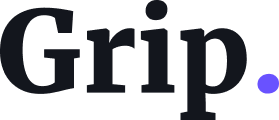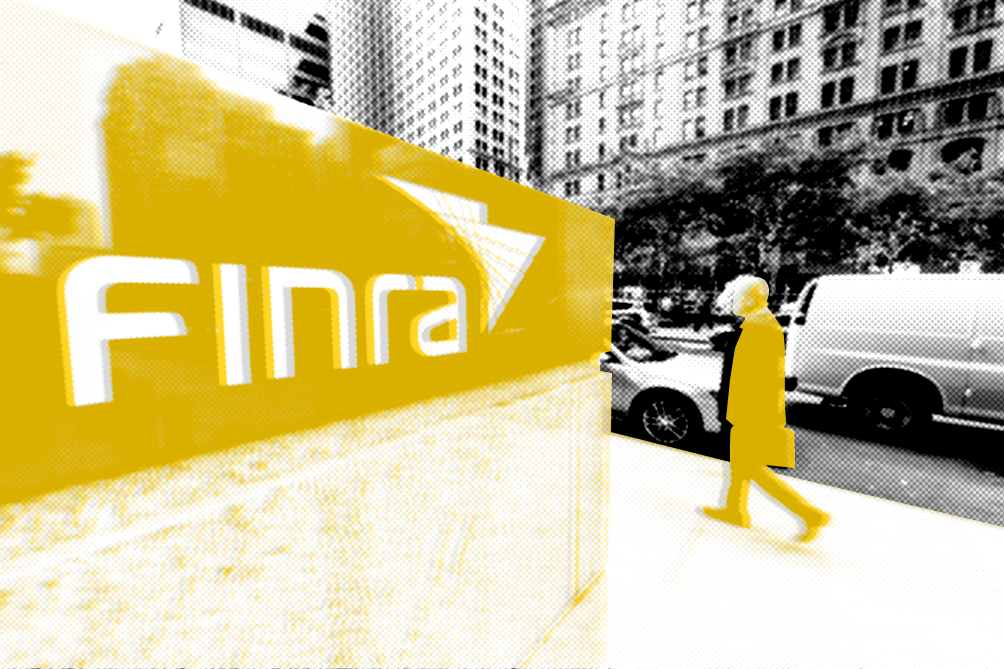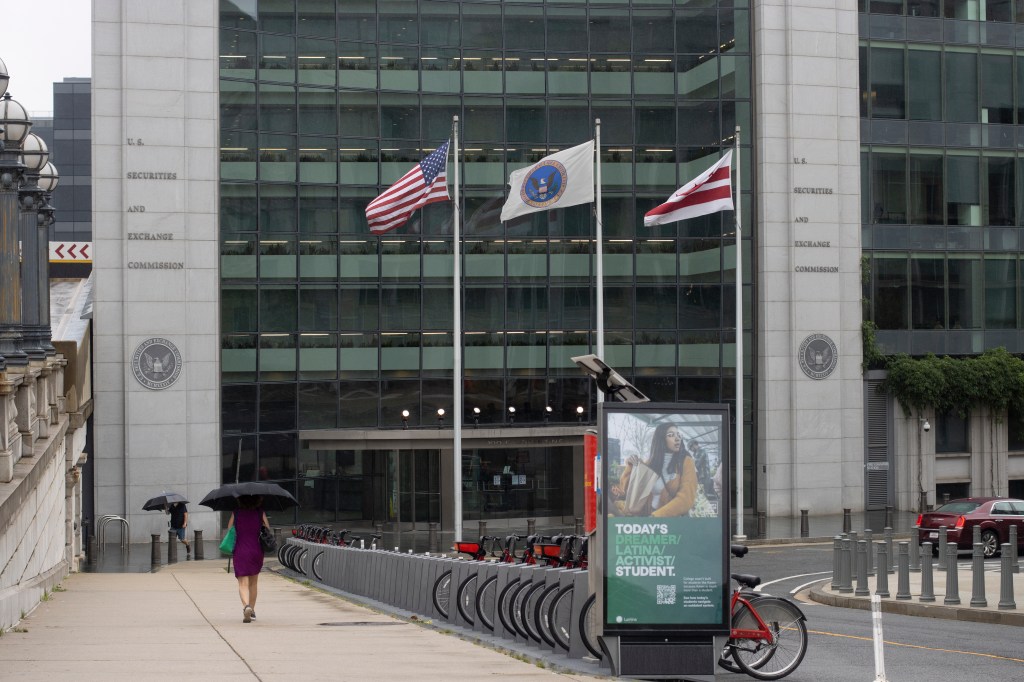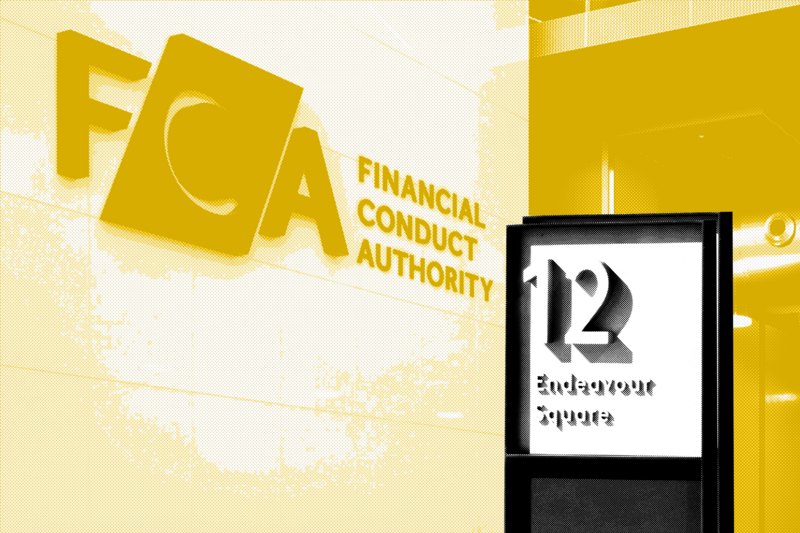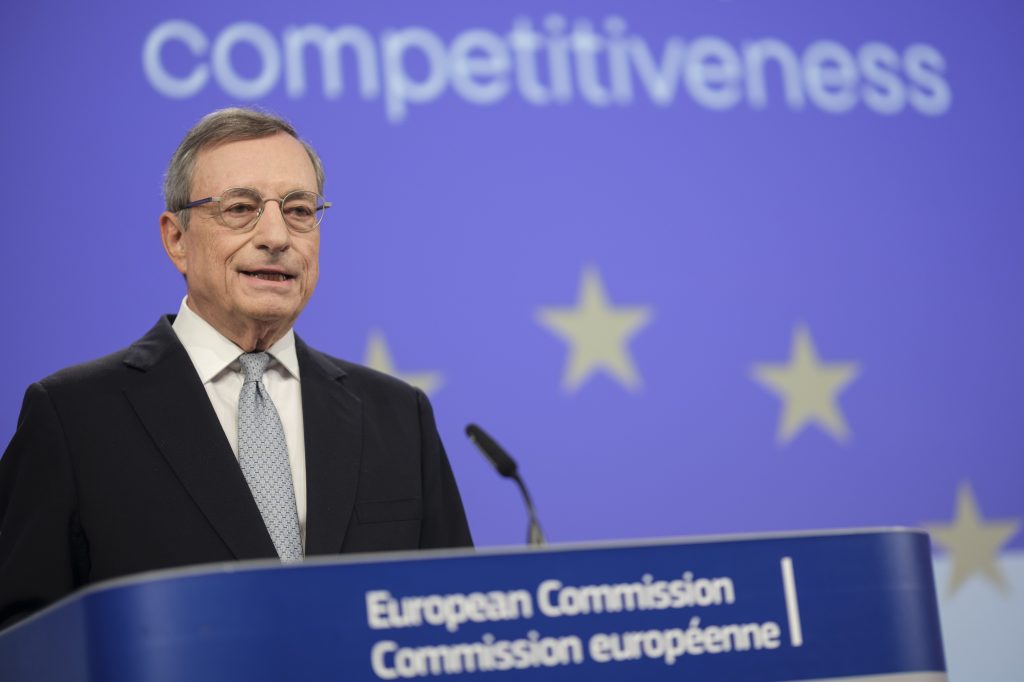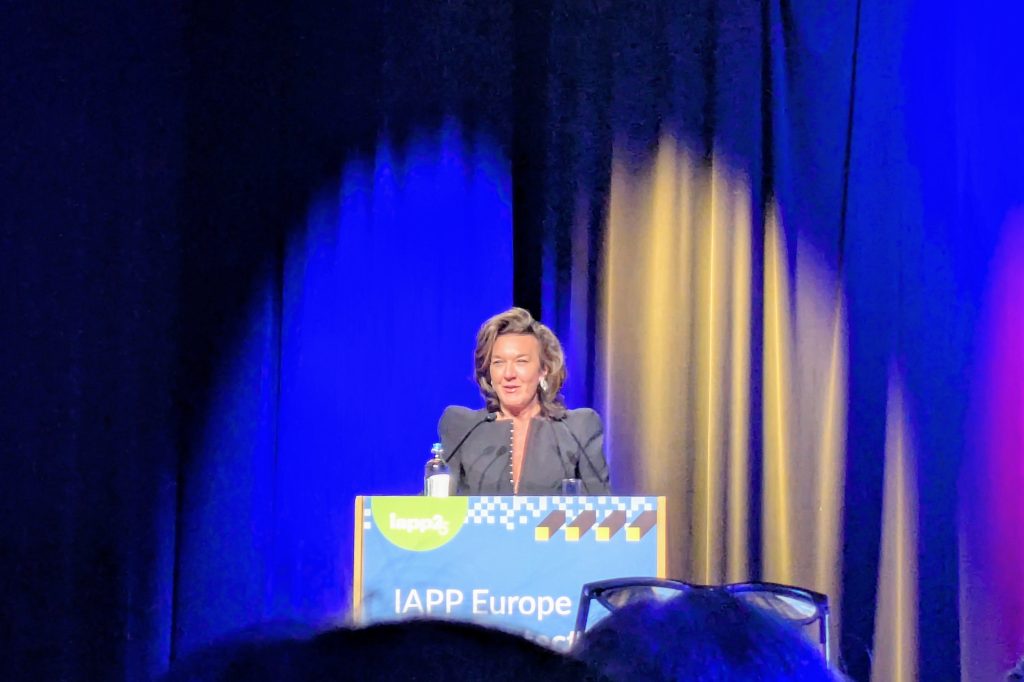Global natural resource company Glencore has produced its 2024 Ethics and Compliance Report. It details progress made since the ethics and compliance program was overhauled after the $1 billion+ FCPA enforcement action Glencore settled with US authorities in 2022.
In his opening statement to the report, Glencore’s board chairman Kalidas Madhavpeddi noted that
Register for free to keep reading.
To continue reading this article and unlock full access to GRIP, register now. You’ll enjoy free access to all content until our subscription service launches in early 2026.
- Unlimited access to industry insights
- Stay on top of key rules and regulatory changes with our Rules Navigator
- Ad-free experience with no distractions
- Regular podcasts from trusted external experts
- Fresh compliance and regulatory content every day
